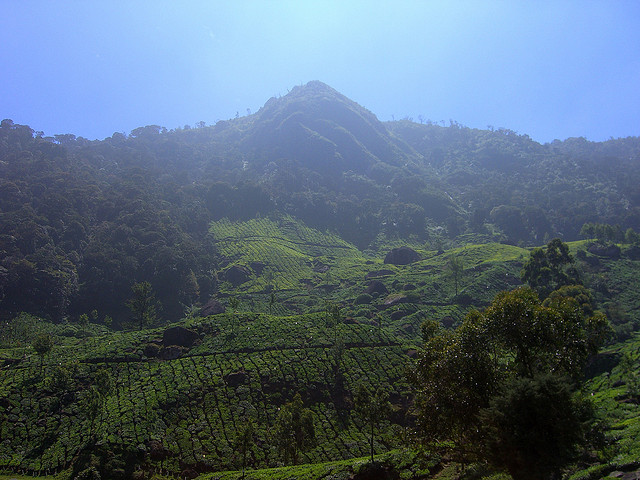What ranks higher: Biodiversity or need for green energy?

The Western ghats in India are home to 39 Unesco World Heritage Sites (Photo credit: CC BY NC SA: pocketdora)
If you were a politician and forced to choose, in which way would you push your agenda: preserve nature’s diversity by upholding protected areas or to lift the restrictions to allow them to be used for green energy projects – such as solar power or wind farms?
Such decisions are made all over the world. In Sweden for example, there is great potential to expand the use of hydro- or wind-power. At the same time large parts of the country are nature reservoirs and thus protected. But people in Sweden people love there nature and they seem to generally agree that protected areas shouldn’t be given up for the sake of more green energy.
In India the opposite happens: In a region called the “Western ghats“, reaching along almost the whole Western coast of the country. Due to its richness in unique plant- and animal-species it’s also considered a global biodiversity hotspot – one of 35 biodiversity hotspots worldwide. Though, a little over a third (some 60,000 sq km) of that area is designated an “ecologically sensitive area” and thus protected. Well, “protection” here means the following: Companies are not allowed to dig mines, set up thermal power plants or any other polluting industries. But hydro-electric power plants and wind turbines are ok if they conform to strict “green” rules and monitoring, according to a report by the Times of India.
The other 63 percent of the Western Ghats will remain unprotected, designated as “cultural landscape” (including villages, agriculture and non-forest plantations). But biodiversity experts call for caution: just because a region is considered a “cultural” landscape it should not be less worth protecting. Also, in a cultural landscape they consider industrial activity to be a possible threat to nature’s richness. Environmentalists fear desertification of the region may be a problem, too.
As so often it comes down to a hard choice between economic goals and the value of nature: How would you decide?






